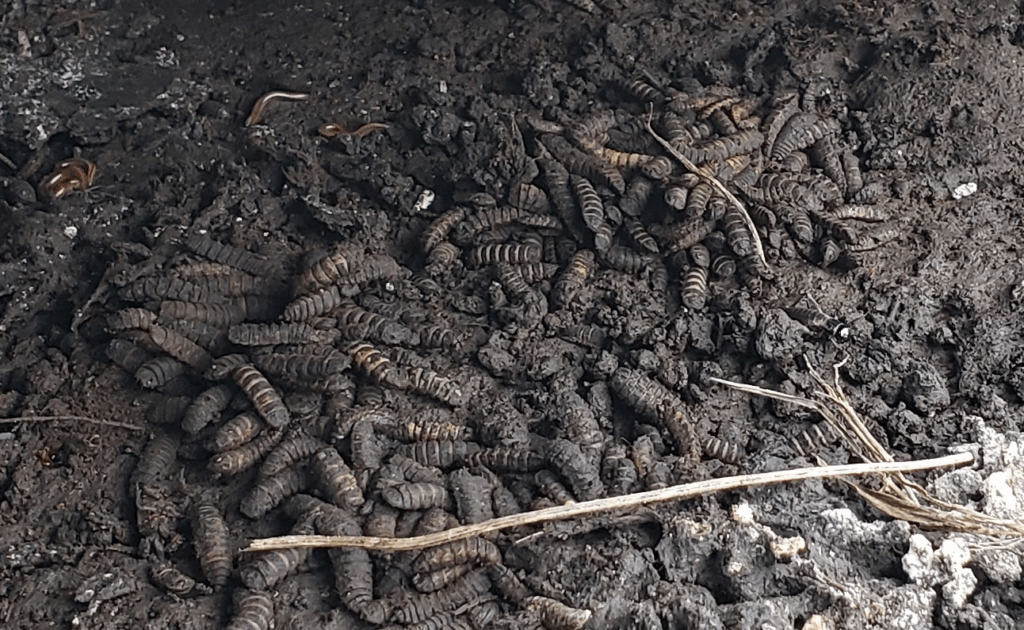Neanderthals, Maggots, and a New Look at Ancient Diets
Purdue anthropologist Melanie Beasley has a new explainer in The Conversation, highlighting research that reframes our understanding of Neanderthal diets: alongside hunted meat, Neanderthals likely consumed fermented, maggot-rich meat, which is a practice mirrored in many foraging societies.
Beasley and coauthors Julie Lesnik and John D. Speth connect a long-standing puzzle on why Neanderthal bones often look “more carnivorous” than wolves or hyenas in nitrogen-isotope tests to an overlooked food source, fly larvae. Those larvae become highly enriched in nitrogen-15 as they feed on aging meat, and regular consumption of such larvae could elevate human isotope values beyond what lean terrestrial meat alone would explain.
The findings add nuance to a familiar story. Neanderthals were skilled hunters, but they were also pragmatic food managers who cached, aged, and used every part of a kill. Factoring insect foods into reconstructions helps reconcile the chemistry with archaeological evidence that Neanderthals ate diverse diets (including plants and aquatic resources) and reduces the need to cast them as uniquely meat-exclusive. It’s a small shift with big implications for how we interpret ancient behavior.
Beasley, Assistant Professor of Anthropology at Purdue, led the work and authored the public-facing piece that has sparked broad science coverage. It’s a great example of Purdue scholarship connecting rigorous lab methods with clear public communication.

Read the research: https://www.science.org/doi/10.1126/sciadv.adt7466